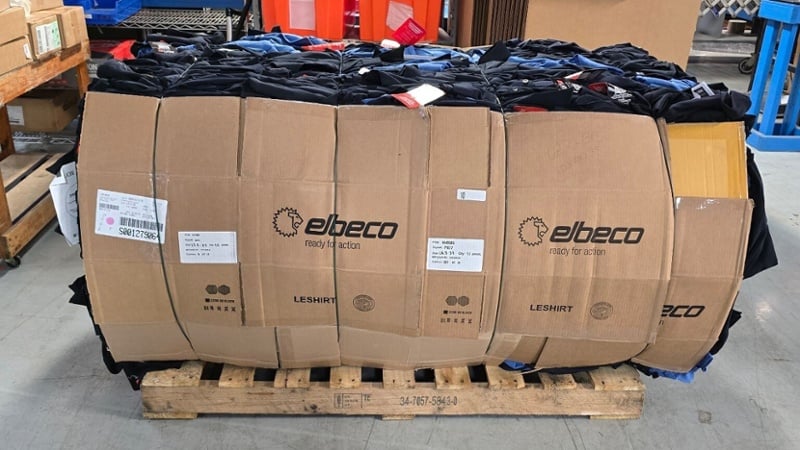H.O.T - MORE EFFECTIVE THAN YOU MIGHT THINK
When it comes to fire safety, the ability to use a fire extinguisher effectively can be a life-saving skill. While there are various methods of training people on fire extinguisher use, hands-on training stands out as the most effective way to ensure individuals remember how to operate one in a real emergency. In this blog post, we'll delve into the reasons why hands-on training is superior to other training methods, supported by numerical statistics and stories that underscore its effectiveness.
Active Learning Beats Passive Observation
Hands-on training involves active participation, which has been proven to be more effective in facilitating learning and retention. According to a study conducted by the National Fire Protection Association (NFPA), participants who engaged in hands-on fire extinguisher training showed an astounding 96% retention rate of the proper techniques compared to a 55% retention rate for those who received passive training methods such as video demonstrations. The question we have to ask ourselves is this... what is the real risk of simply showing a video or a pamphlet to meet the minimum requirements for OSHA as opposed to providing actual hands on training? An ounce of prevention is worth a pound of cure they say.
Statistics Speak Volumes
Statistical data further supports the notion that hands-on fire extinguisher training is indeed the way to go. The Fire Equipment Manufacturers' Association (FEMA) reports that individuals who have undergone hands-on fire extinguisher training are 75% more likely to correctly operate an extinguisher during an actual fire incident than those who received passive training. This heightened level of preparedness can make all the difference in a critical situation.
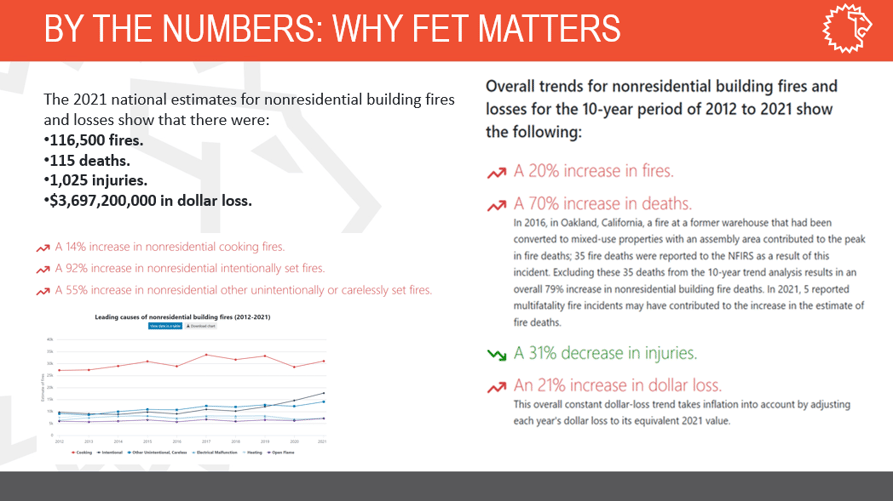
Real-Life Stories of Success
Stories of individuals successfully using fire extinguishers in emergencies after receiving hands-on training are abundant. These accounts underscore the practicality and effectiveness of this training approach. Here are a few examples we have heard about in just the last year:
1. The Quick-Thinking Office Worker
In a busy office building, a fire broke out in the break room due to a poorly placed toaster. An employee who had undergone hands-on fire extinguisher training stepped into action, grabbed the nearest extinguisher, and successfully put out the fire. His rapid response and effective use of the extinguisher prevented a potential disaster.
2. The Heroic STUDENT
During her college orientation at the dorms Stacy a new student in an university in Ohio, learned how to utilize the PASS method with a digital Fire Extinguisher System by LION called the Bullseye, later in that year a small fire broke out in her dorm in the middle of the night in a common room kitchen, utilizing her training Stacy sprang in to action and put out the fire, saving the lives of hundreds of her fellow students by putting out the incipient stage fire.
3. The Confident Parent
At a community event, a parent who had previously participated in hands-on fire extinguisher training with a LION Fire Safety Trailer, spotted a fire in a trash can. With confidence, he reached for the extinguisher, applied the training he had received, and successfully extinguished the fire, preventing panic and chaos among the attendees.
These real-life stories serve as compelling evidence of how hands-on fire extinguisher training empowers individuals to respond effectively when it matters most.
Summing things up, when it comes to fire extinguisher training, hands-on learning is unparalleled in its effectiveness. Statistics show that active participation leads to better retention, and real-life stories of successful fire extinguisher use emphasize the importance of this training approach. To ensure that your community is well-prepared to handle fire emergencies, prioritize hands-on fire extinguisher training—it could make all the difference when seconds count.
Sources:
- National Fire Protection Association (NFPA) - "Fire Extinguisher Use in Fires" (nfpa.org)
- Fire Equipment Manufacturers' Association (FEMA) - "Hands-On Fire Extinguisher Training Increases Fire Safety Knowledge and Confidence" (femalifesafety.org)
Popular posts
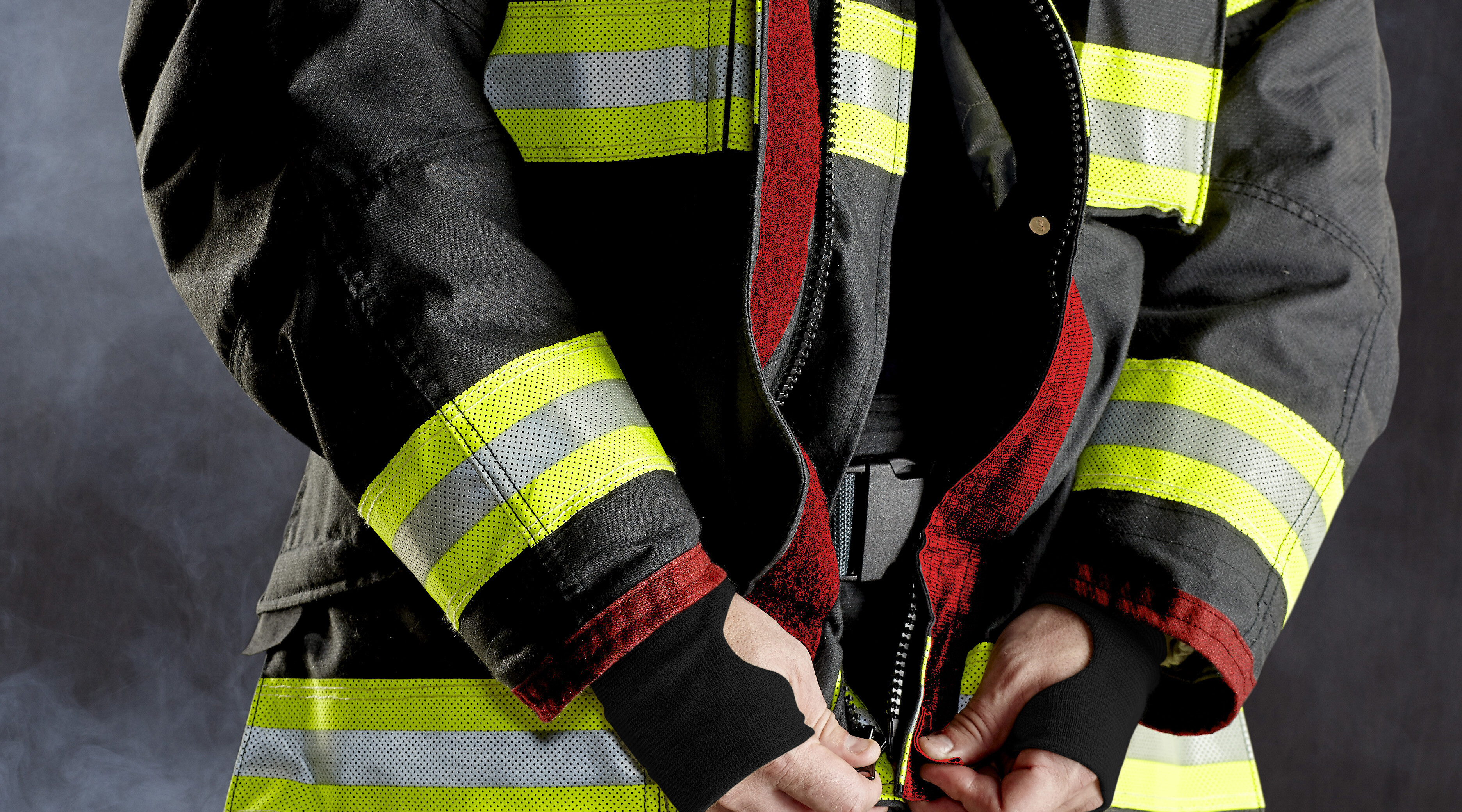
.jpg)

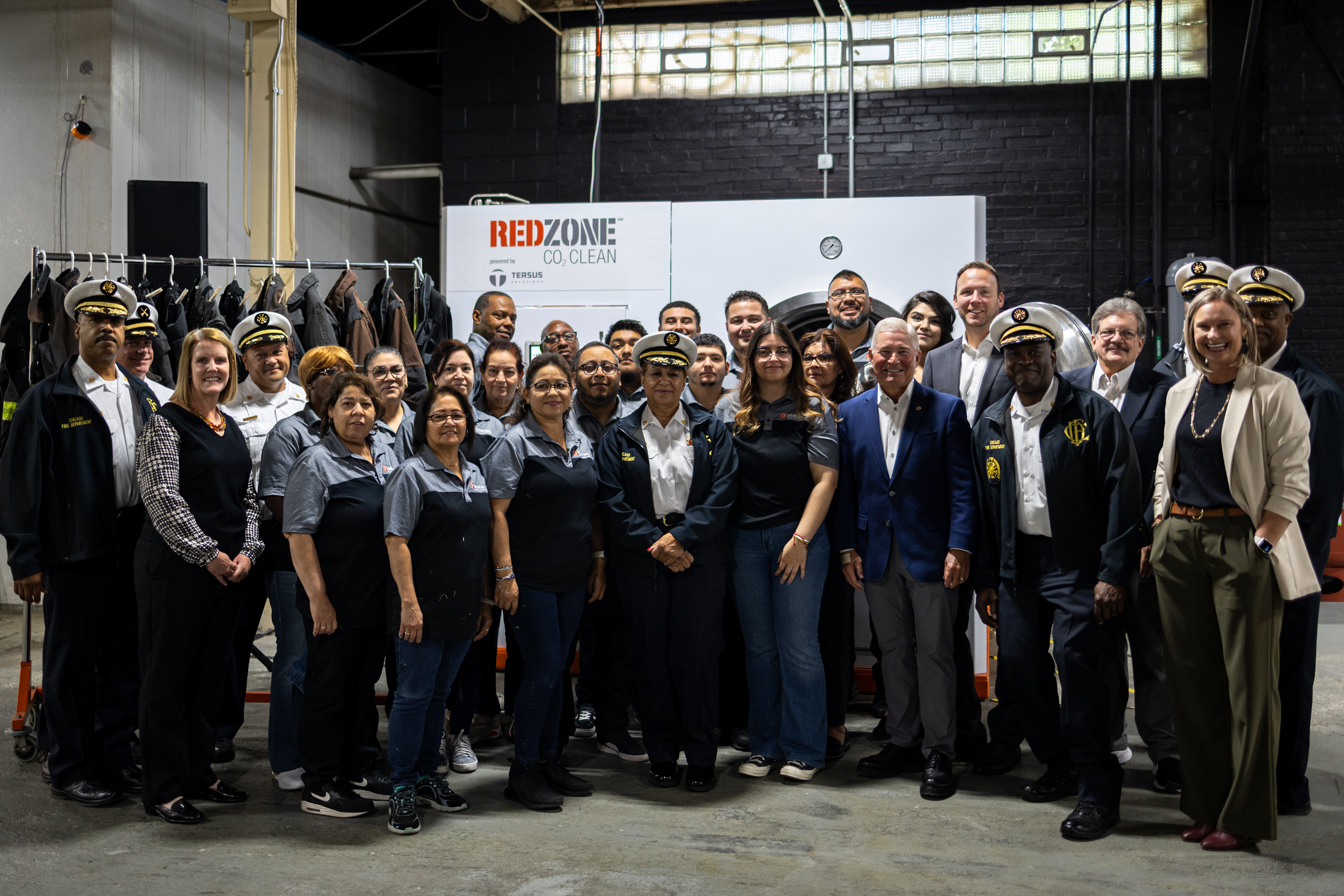
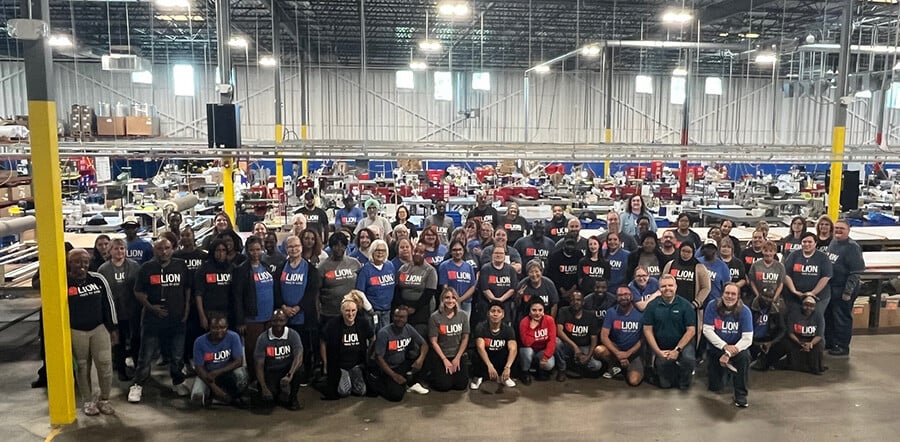
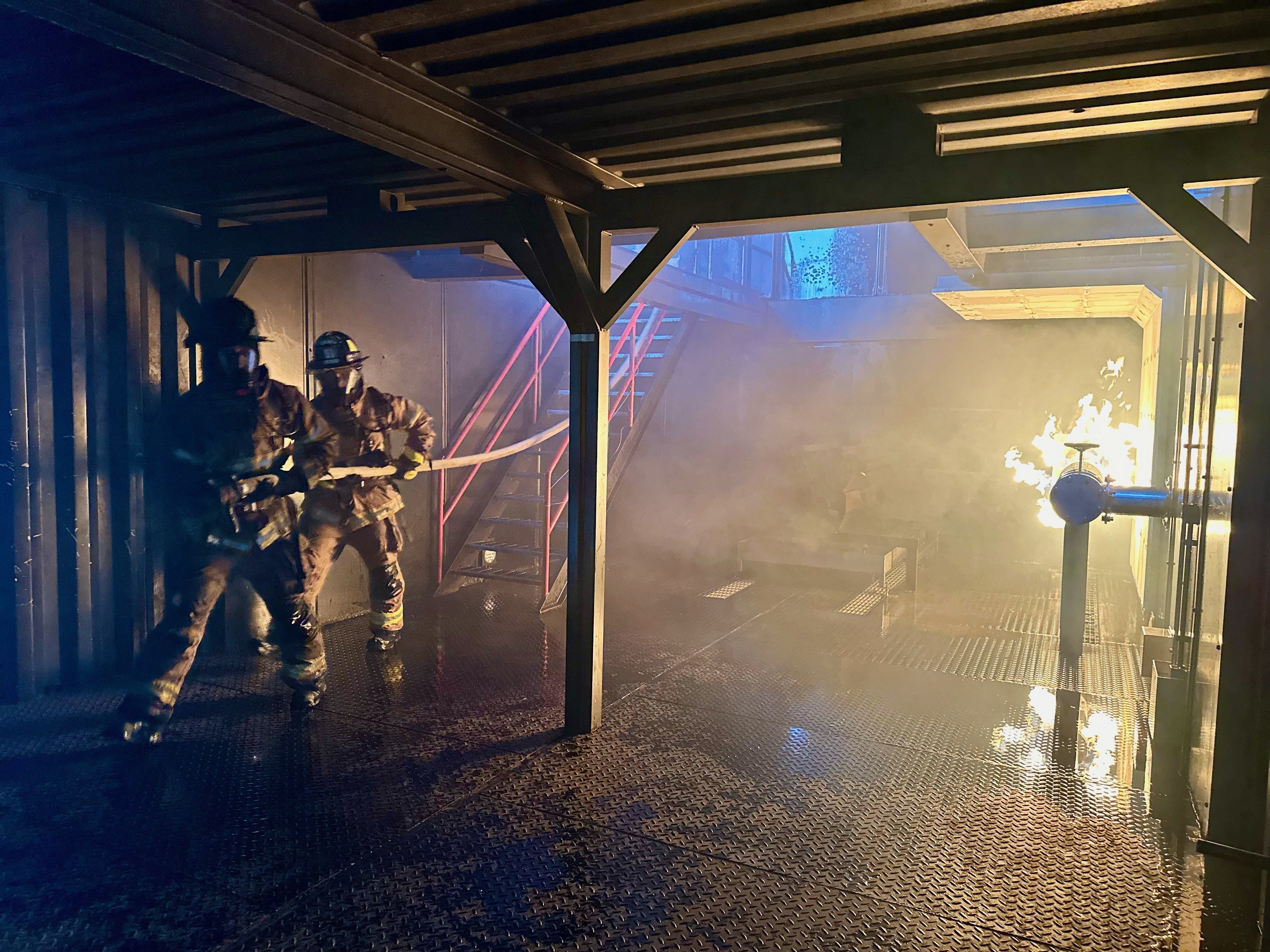
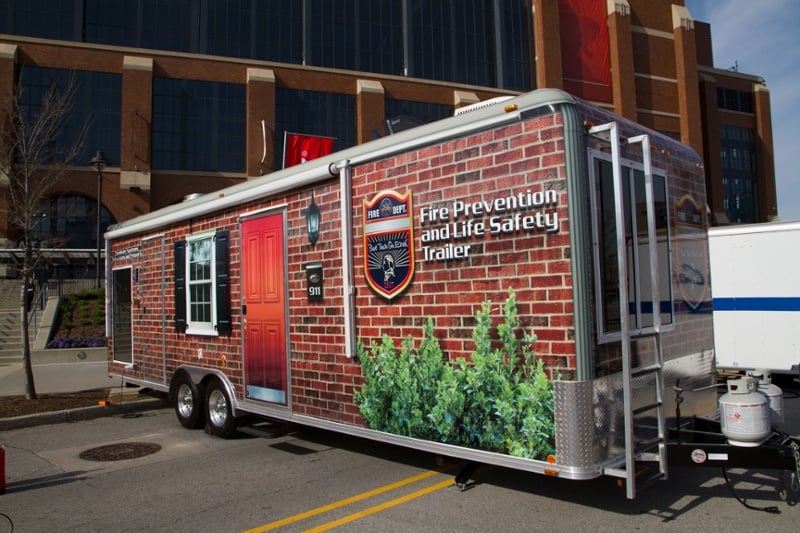
-1-1.jpg)
